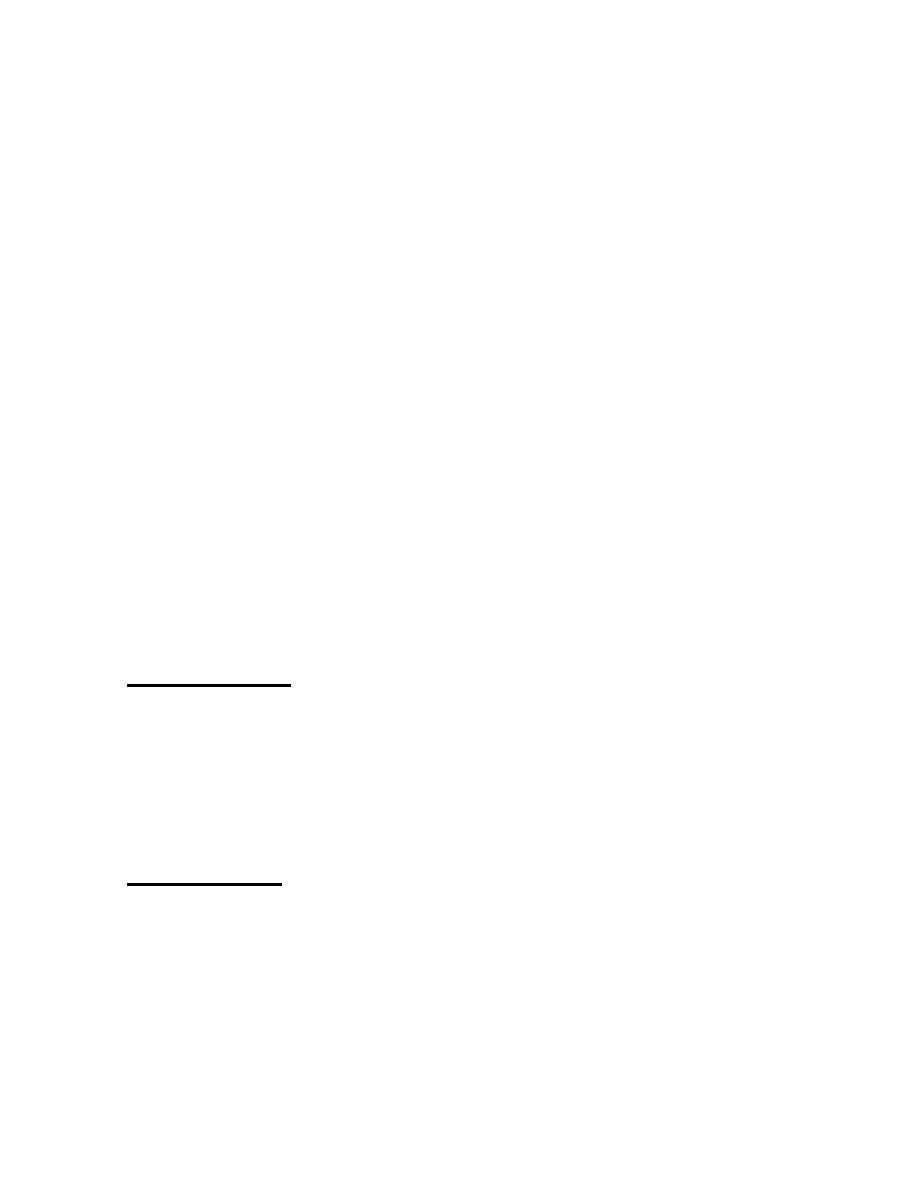

Custom Search
|
|

|
||
 (c) Check for adequate supply of meter connection gaskets.
(d) Ensure that location of meter provides protection from frost,
traffic, or other hazards that may be present.
(e) Ensure that check valves or pressure-reducing devices are not
installed upstream of the meter.
(f) Ensure that check valves and pressure-reducing devices located
downstream of the meter are not located closer than 5 pipe diameters.
(g) Ensure that only full-open ball, gate, or plug valves are used
immediately upstream of the meter. Butterfly valves are acceptable if they
are a minimum of 5 pipe diameters upstream from the meter. Gate or butterfly
valves can be used downstream.
(h) Ensure that installation is in accordance with direction-of-flow
markings on the meter maincase.
(i) For optimum performance, ensure that meter is positioned in a
horizontal plane.
If remote reading or electronic transmitting devices are used, install in
accordance with chapter 10 and the manufacturer's instructions. A bypass pipe
with gate valves is recommended so that service will not be interrupted during
maintenance.
5. MAINTENANCE.
The following inspection schedules are adequate for most
installations.
5.1 Monthly Inspection. In addition to any instructions provided by the
manufacturer, inspect meters monthly for the following conditions:
(a) Meter is operating.
(b) Noisy operation (repair or replace meter as required).
(c) Leaks (repair as needed).
(d) Cleanliness of glass cover on register dial (clean as needed).
5.2 Annual Inspection. In addition to the inspections in paragraph 5.1,
inspect meters annually for the following conditions:
(a) Cleanliness of meter box, housing, or pit (clean as needed).
(b) Adequate protection from freezing (provide protection at least 1
month prior to start of the season).
4-11
|
 |
|
 |
||